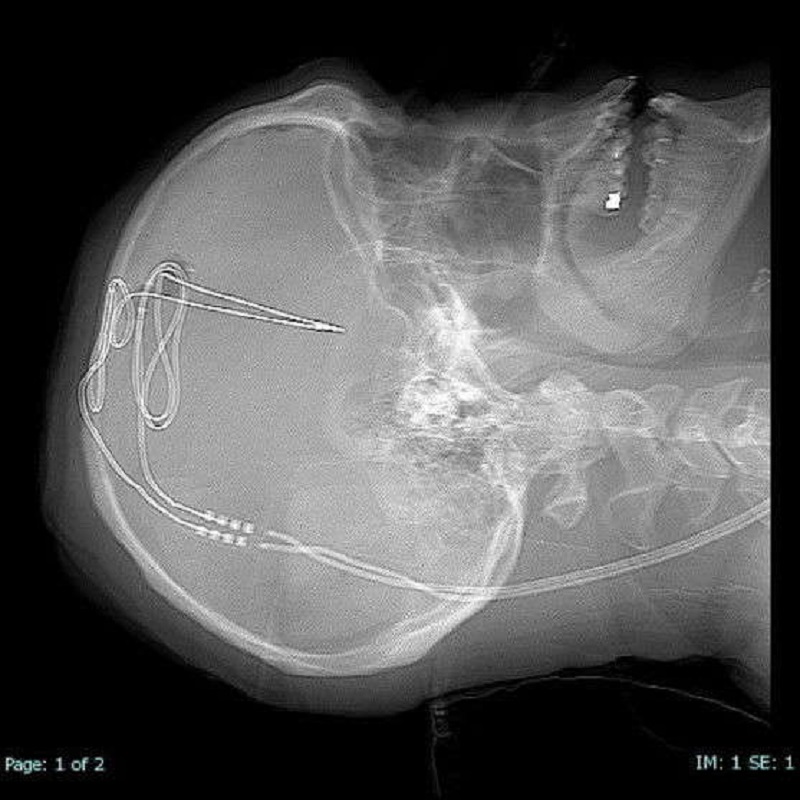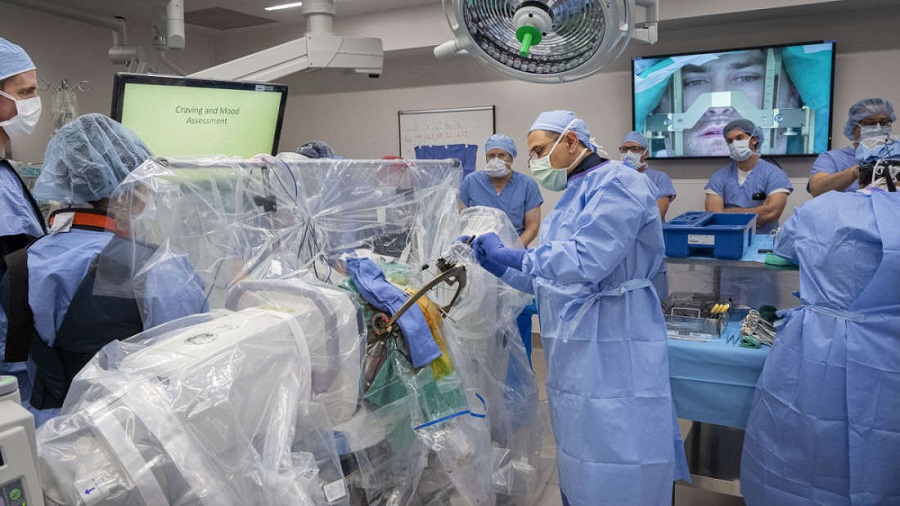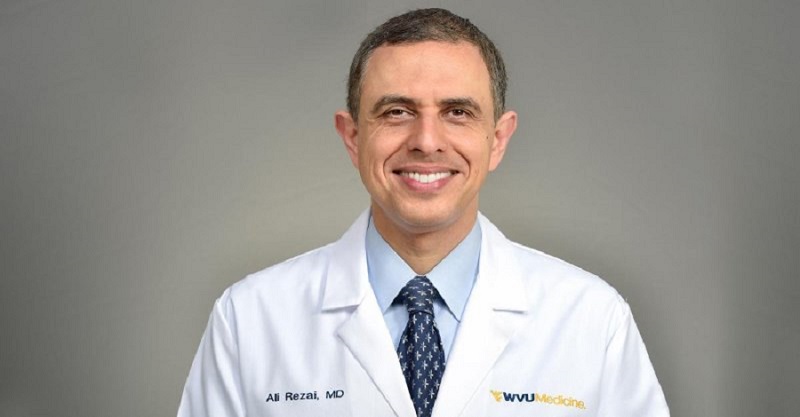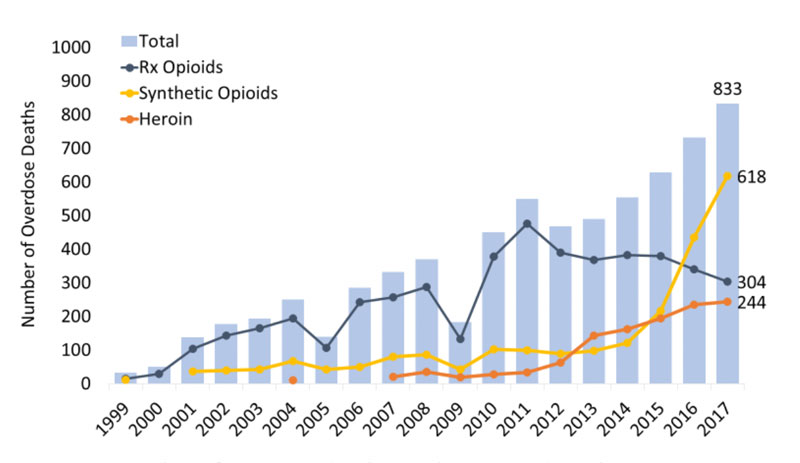Gerod Buckhalter is a man living in West Virginia, the state with the highest rate of opioid deaths in America.
He has been addicted to opioids and benzodiazepine for more than a decade. In his fight against pain medication, he tried everything.
Without a doubt, George Buckhalter has now been implanted with a Deep Brain Stimulation (DBS) chip. Placed in the dependence and reward center, it will send signals meant to restrict cravings.
Brain implant: a useful tool in our fight against opioid addiction or a dangerous process?

But you must know that DBS could be a dangerous process. Although its favorable outcomes have improved as neurosurgeons gain knowledge at conducting the operation, there are many risks involved.
Furthermore, patients may have problems with mispositioned implants and infections. Therefore, only those who have opioid addictions that haven’t responded to other treatment programs can qualify for the trial.
It should be noted that dr. Rezai “When it comes to applications, it needs to be heavily regulated. This is not like getting a flu shot or a tattoo. Surgery has inherent risks and is not trivial. It is only for those with chronic disease who have failed all other treatments and are without hope.”
A technology useful for Parkinson disease

In addition to this, the new technology could help to prevent the tide of the American opioid epidemic. It already helped those suffering from Parkinson’s disease by reducing their tremors.
Also, the Deep Brain Stimulation (DBS) chip is useful when it comes to dystonia, epilepsy, and obsessive-compulsive disorder. Researchers from West Virginia University Rockefeller Neuroscience Institute (RNI) hope that DBS will help those opioid-addicted as well.
What are the experts’ opinions?

“Addiction is a brain disease involving the reward centers in the brain, and we need to explore new technologies, such as the use of DBS, to help those severely impacted by opioid use disorder,” said Dr. Ali Rezai, the principal investigator of the clinical trial.
“Despite our best efforts using current, evidence-based treatment modalities, there exist a number of patients who simply don’t respond. Some of these patients remain at very high risk for ongoing catastrophic health problems and even death,” added Dr. James Berry, interim chair of the West Virginia University Department of Behavioral Medicine and Psychiatry and director of Addiction Services at RNI.
West Virginia-the highest age-adjusted rate of opioid overdose deaths

Last but not least, drug overdose is one of the main problems of West Virginia. This state has the highest age-adjusted rate of drug overdose deaths involving opioids in America.
As reported by the National Institute on Drug Abuse, in 2017, there were 833 drug overdose deaths involving opioids in West Virginia (this means a rate of 49.6 deaths per 100,000 persons).
Finally, the sharpest increase in opioid-involved overdose deaths was seen in cases involving synthetic opioids other than methadone: a rise from 122 deaths in 2014 to 618 deaths in 2017, as you can see in the figure above.












































